About Reference World Information Synthetic Environment (RWISE):
VIEW DEMO
RWISE Modeling & Simulation Presentation(VIEW HERE)
RWISE is an Agent Based Modeling and Simulation capability that allows for the true complexities in life to be maintained in the simulation, allowing for emergent phenomenon that cannot be factored into the simulation with any other type of tools. Other modeling tools base results on repetition of historical data and events loaded into the system to return forced-choice results. RWISE escapes the “forced choice” paradigm. It also provides sentiment analysis and predictive sentiments and accounts for complex interaction of factors. You can’t factor every variable into your model but RWISE can do that for you.
- Uses multiple data sources to provide a broad and deep understanding of likely outcomes
- Derives the individual traits, influences, factors, and milestones that have the most impact on results.
- Models the traits, sensors, environment and well-being of each entity – organization or individual. Well-being creates a predictive connection between events in the entity’s environment and individual motivation, decisions and outcomes.
- Shows how strategies are best customized for groups. Helps us write policy and rules that allow for the desirable variation.
- Keeps a real time geographic view, a needs analysis and testing environment for collaborative leaders solving complex problems with limited resources.
- Use data to build more effective and efficient collaboration among key partners as these entities work to address complex social issues across individuals and place, through more targeted interventions that support a whole person approach
- Maximize previous investments made in organizations and organization of data systems.
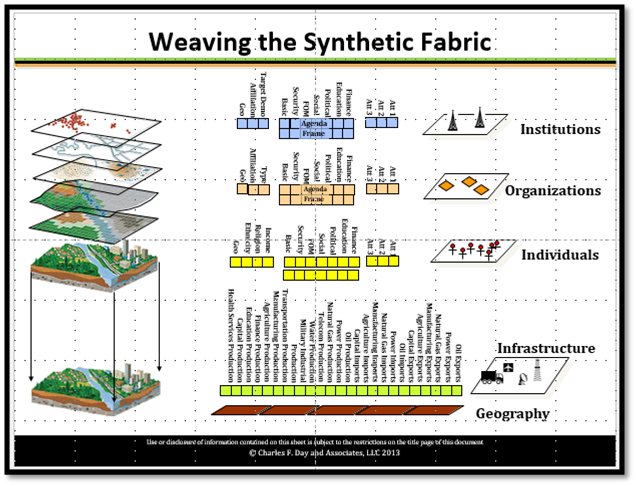
Figure 1. Building of the Synthetic Environment; Institutions, Organizations, Individuals, Infrastructure, and Geography (IOIIG).
This model uses cognitively and socially sophisticated agents that interact in stochastically defined ways based on different applicable theories. When the different agents are overlaid with the geography and information network, formal and informal, the model intrinsically begins to build linkages and relationships. Linkages and effects between agents of various types, variables (constructs) and facets emerge intrinsically during the simulations.
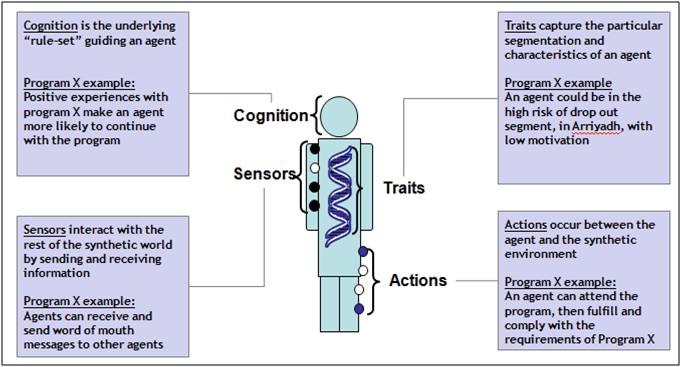
Figure 2. Fundamental functions within and between agents.
The main features of the simulations:
- Bring to life longitudinal data, creating in a computer the pipeline of individual agents.
- Models the traits, sensors, environment and well-being of our population. Well-being creates a predictive connection between events in the individual’s environment and individual motivation, decisions, and outcomes.
- Introduces events, real or planned, into the environment. Let’s users see how people respond. Organizations and institutions see how their contributions are experienced in people’s lives.
- Derives the individual traits, influences, factors, and milestones that have the most impact on results.
- Shows how strategies are best customized by groups for groups. Helps us write policy and rules that allow for the desirable variation.
- Keeps a real time geographic view, a needs analysis and testing environment for collaborative leaders solving complex problems with limited resources.
This environment provides the features analysts can use to run different scenarios, and be compared to see how a different mix of policy interventions will likely have different impacts on the metrics of interest.
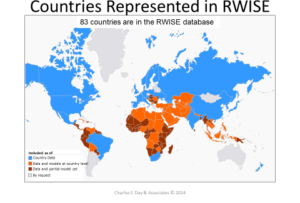
Figure 3. Countries currently represented in RWISE.
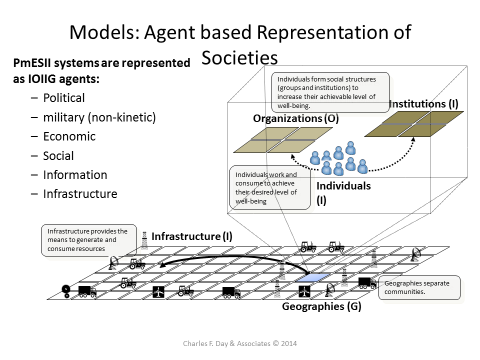
Figure 4. PmESII systems represented as IOIIG Agents.
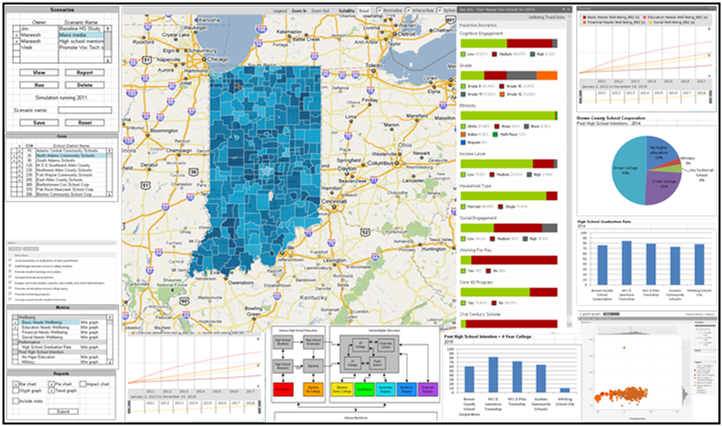
Figure 5. Fully Configured Education Model of the State of Indiana







